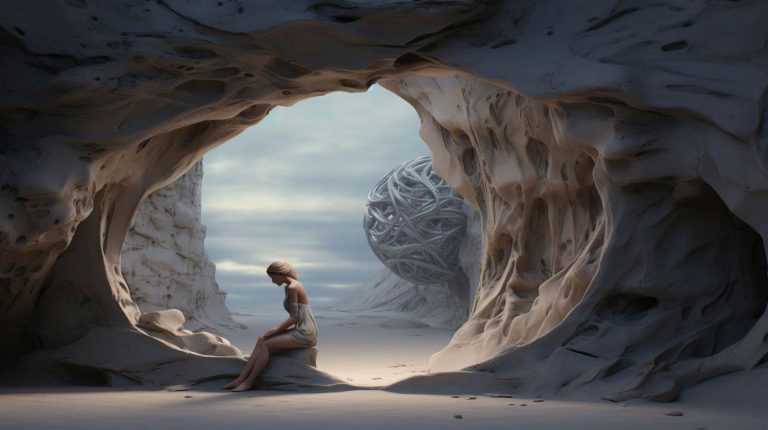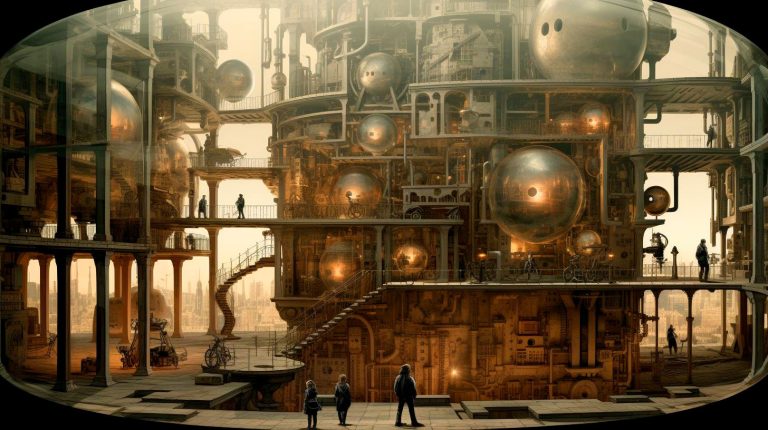By understanding how Earth’s rotation affects the appearance of stars in our images, we can craft stunning visuals that showcase the magic of the cosmos.
The Science behind Star Trails
Star trails are captivating photographs that beautifully capture the movements of stars across the sky. But what causes these mesmerizing streaks of light? It all comes down to Earth’s rotation. Our planet rotates on its axis, completing one full rotation in approximately 24 hours. As a result, stars appear to move in circular arcs in our sky.
When capturing star trails, photographers employ long-exposure techniques. By leaving the camera’s shutter open for an extended period, the motion of the stars creates stunning trails. These images offer a unique perspective and allow us to visually perceive our planet’s rotation.
The Magic of Planning
Like all forms of photography, planning is crucial in capturing mesmerizing star trail images. Here are some key points to consider:
- Location: Find a location away from city lights to minimize light pollution and ensure better visibility of stars.
- Weather Conditions: Choose a clear night with minimal cloud cover to maximize the visibility of stars in the sky.
- Timing: Research the time of sunset, moonrise, and moonset to determine the best window for capturing star trails.
Tips for Capturing Star Trails
Camera Settings: Use a wide-angle lens with a low aperture (e.g., f/8 or lower) to capture as much light as possible. Set your camera to manual mode and choose a long exposure time, typically between 30 seconds to several minutes, depending on the desired effect.
Stability is Key: Mount your camera on a sturdy tripod to eliminate camera shake, resulting in sharper and more precise star trails.
Light Painting: Experiment with light painting techniques to add a creative touch to your star trail images. You can illuminate the foreground or nearby objects using a flashlight or other light sources.
The Final Dance: Editing Star Trails Images
Post-processing plays a vital role in creating breathtaking star trail images. While there are numerous software options available, Adobe Photoshop remains a popular choice among photographers. Here are some editing tips:
- Stacking: Import all the star trail images into layers and use the “”Lighten”” blend mode to blend them together, revealing the trails.
- Noise Reduction: Long-exposure shots often introduce noise, so employ noise reduction techniques to enhance the overall quality of your image.
- Contrast and Brightness: Adjust the contrast and brightness levels to enhance the visibility of stars and emphasize their motion.
Captivating Star Trail Photography
Star trail photography provides a unique opportunity to capture the beauty of the night sky and showcase Earth’s rotation. Here are the key takeaways:
- Earth’s rotation creates mesmerizing star trail images, capturing the celestial dance in the night sky.
- Planning and timing are crucial in capturing the perfect star trail shot, including choosing a suitable location and monitoring weather conditions and celestial events.
- Camera settings, stability, and creativity with light painting techniques contribute to achieving stunning star trail photography results.
- Post-processing techniques enhance star trail images, including stacking, noise reduction, and adjustments to contrast and brightness.
Conclusion
In the vast expanse of the cosmos, star trails photography allows us to witness the magic of Earth’s rotation. These captivating images connect us to the outer reaches of our universe and provide a visual testament to the wonders that lie above. By employing the right techniques, we can capture breathtaking star trail images and share the awe-inspiring beauty of the night sky with the world.


















+ There are no comments
Add yours